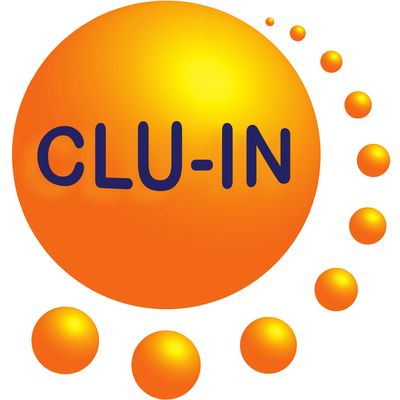Since 1998, The Contaminated Site Clean-Up Information (CLU-IN) website has presented Internet Seminars covering a wide variety of technical topics related to hazardous waste characterization, monitoring, and remediation. For each seminar topic, we have selected the highest-quality offering for placement in our archives. Beginning in May 2005, we began offering these archives via podcast, and this feed contains all seminars archived in the last 6 months. For a complete list of seminars archived since 2000 and videos of selected seminars archived since 2012, please visit http://clu-in.org/live/archive/. Our Rehabilitation Act Notice for reasonable accommodation is available at http://clu-in.org/training/accommodation.cfm. CLU-IN was developed by the U.S. Environmental Protection Agency (EPA) but is intended as a forum for all waste remediation stakeholders. For more information and to view upcoming live offerings, please visit http://clu-in.org/live/. For a complete list of RSS feeds available on CLU-IN, please visit http://clu-in.org/rss/about/.
http://www.clu-in.org/live/archive
Audio for "Bioremediation - Expanding the Toolbox: Session III - Emerging Opportunities," Oct 11, 2019
The NIEHS Superfund Research Program (SRP) is hosting a Risk e-Learning webinar series emphasizing new approaches to elucidate mechanisms responsible for bioremediation. The series will feature innovative molecular, biochemical, cellular, and/or engineering tools to advance our understanding of the structural and functional properties of microorganisms or plants involved in the bioremediation of hazardous substances. The third session will highlight new and emerging tools to improve existing bioremediation approaches and improve human health. Pedro Alvarez, Ph.D., from Rice University, will discuss opportunities for nanotechnology-enabled in situ remediation technologies to address soil and groundwater contamination. Complex subsurface contamination domains and limited efficacy of existing treatment approaches pose significant challenges to site remediation and underscore the need for technological innovation to develop cost-effective remedies. This discussion will cover candidate nanomaterials and their applications to complement existing remediation approaches, as well as potential barriers for implementation and strategies and research needs to overcome these barriers. Dora Taggart, an SRP Small Business grantee from Microbial Insights, will discuss their work to understand how environmental microbes are protecting our health. Research has consistently shown that human health is deeply intertwined with the gut microbiome, and new studies are illuminating the ways in which environmental contaminants are affecting, and are affected by, those microbes - sometimes even increasing in toxicity throughout the process. Through qPCR, isotopic analyses, metabolomics, and other molecular biological tools, technology advancements and novel approaches are finally allowing scientists to understand the beneficial impacts that active microbial contaminant degraders can have on human microbiomes. This presentation will highlight the information that these tools can provide and will discuss some of the new groundbreaking methods that will soon be common in the industry. Ameen Razavi, an SRP Small Business grantee from Microvi Biotechnologies, will discuss microenvironmental impacts on the induction kinetics of cometabolism for the bioremediation of chlorinated hydrocarbons. The effectiveness of aerobic cometabolism-based bioremediation strategies for chlorinated hydrocarbons is tightly linked to the sustained induction of specific enzyme classes using primary metabolites, or inducers. This presentation provides an overview of aerobic cometabolism with an emphasis on emerging concepts for enhancing induction kinetics. Data from laboratory-scale and field pilot systems will be presented to illustrate translational applications and identify continuing research and knowledge gaps. The presentation will also cover the early-stage development of a functional and predictive computational model based on microbiome-based sciences. Specific contaminants that will be discussed include chlorinated solvents, 1,4-dioxane, and BTEX (benzene, toluene, ethylbenzene, and xylene). To view this archive online or download the slides associated with this seminar, please visit http://www.clu-in.org/conf/tio/SRPBio3_101119/
